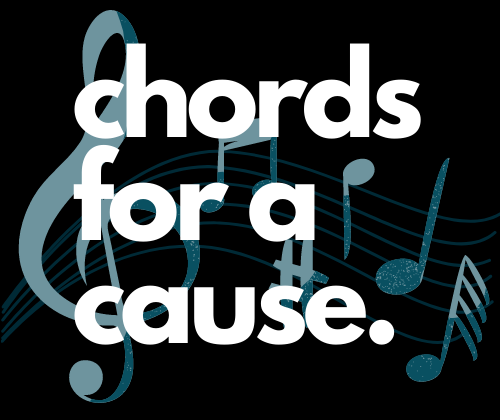How Does Your Voice Work?

While our voice is one of the most important parts of self-expression and our personality, many people don’t actually understand how it works. What is this “voice box” that everyone has talked about before? The phonatory system, or “voice box”, actually works with the respiratory and resonance systems to produce your voice.
The respiratory system, also known as “breath support” is the fuel behind the production of sound. When singing or talking, we breathe in, and then exhale to produce sound. The air moving through our windpipe and voice box vibrates the vocal folds, therefore creating your voice. The vibration of our vocal folds is called phonation, which comes from the phonatory system.
The phonatory system includes the larynx (voice box) and the vocal folds. Our vocal folds are two muscles that open and close when you inhale and exhale, allowing air to flow in and out of your body. When you sing/speak, you close your vocal folds and exhale, which increases pressure in your body, causing a vibration. This network is also known as cyclic opening and closing, but without the resonance system this wouldn’t happen.
The resonance system is responsible for the shaping and amplification of this buzzing tone. The shape and size of your vocal tract is what impacts the form of the tone, along with the structures of your mouth, of which the sound waves bounce off. This is why every person’s voice sounds different to the human ear. When you speak, you use your tongue and lips to articulate certain sounds, which we know as “alphabets” or “words”.
The arrangement of voice production goes much deeper than we think, and maybe next time you talk, you’ll know about how those specific words came through, and out of your body, and why it is so complicated.
Sources:
Unit 3: Human voice. (n.d.). Retrieved July 27, 2020, from http://music2eso.weebly.com/unit-3-human
How is voice produced? (n.d.). Retrieved July 27, 2020, from https://www.swedish.org/services/swedish-otolaryngology/our-services/voice-and-swallowing-disorders-center/how-is-voice-produced
Ebersole, B. (n.d.). How Does My Voice Work? Retrieved July 27, 2020, from https://www.templehealth.org/about/blog/how-does-my-voice-work
Understanding Voice Production. (2019, February 07). Retrieved July 27, 2020, from https://voicefoundation.org/health-science/voice-disorders/anatomy-physiology-of-voice-production/understanding-voice-production/


2 Responses
Dear chords for a cause, I am interested in using the image in an article by Tanya Mahesh here: http://chordsforacause.org/how-does-your-voice-work/
for a slideshow in my vocal pedagogy class at Western Illinois University. Would you be so kind as to grant permission for this educational use?
Thank you
Dr. Miguel-
Yes, of course. I found this image of the human body on the internet and added the voice parts to it.